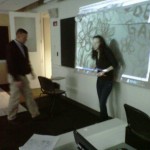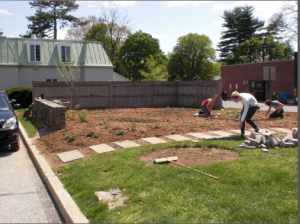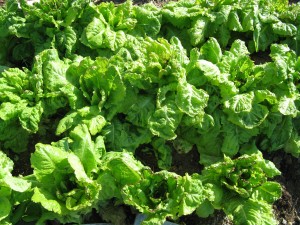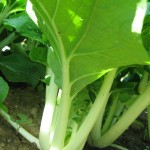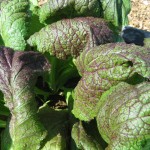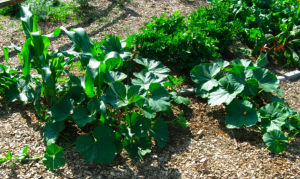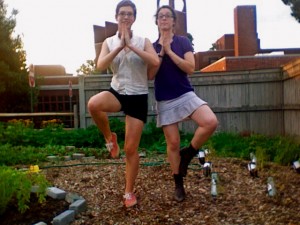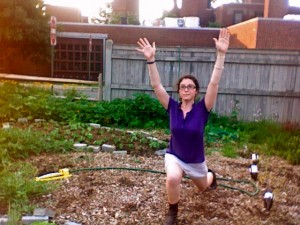September 19, 2011
by Avery Martin
2 Comments
This fall has been a particularly busy time for us members of the garden committee. For two of us (myself and Kayla), this will be our last year working with the garden, so we are trying extra hard to make this last year count. It has been amazing watching our garden turn from a barren plot to a colorful and productive one in the past two years. Our garden is flourishing, as one can see from our fall harvest:




Aside from the watermelon, asparagus, and pumpkin shown in the picture, we also planted tomatoes (TOO many), white beans, snap peas, cabbage, okra, basil, lemon mint, blueberries, kale, golden and red potatoes, carrots, beets, turnips, summer squash, among others.
Last spring we made some amendments to the garden, adding two plots on the sides of the garden for dining hall workers to plant and harvest things of their own (we had previously had the problem of people planting seeds without our knowing). Arthur, a nice man who works in Haffner dining hall, has in particular expressed much enthusiasm about this, and we now often find him working outside in his plots, harvesting crops ranging from corn to cocoa. It has been exciting seeing what sorts of things will pop up, and how they fare in our garden’s soil.
In addition, we have added a soaker hose to water the plants, and have been trying to spruce up the garden by adding student artwork. Last spring Maiya organized the making of a student mural, which now lights up the space and attracts much attention from passerby. This fall we also added a bird bath to the back, which we hope will attract some friendly creatures!

However, this being our second year, we have also inevitably encountered a few garden pests and problems. The tomatoes, which we caged, grew too thickly together, and now many of them have become diseased or sickly. We are hoping to get better caging for this year, as well as take caution with their location. Some plants received too much or too little water depending on their location from the soaker hose – a problem which can be solved easily! The pumpkins, alas, did not cope well during late summer, and being situated next to the compost bins in the back and in an area that doesn’t drain well. Yesterday I went to pick some seemingly healthy ones, only to find that they have become victims of bacterial wilt; little cucumber bugs had made their way from the compost to the bottoms of the pumpkins, and made their homes among moist ground and mold. In the future we will have to be better prepared to prevent and to deal with these problems.
Perhaps our biggest problem, and one that could have prevented much of the trouble discussed, has been harvesting our vegetables in time. Whereas our garden has flourished under the care of the committee and the support our school and the Greens have provided us financially, we fear that the only way to ensure its longevity is to have a paid student position for a garden supervisor. At the moment, we have been making great efforts to harvest these vegetables and to encourage others to do so, but once again, because this is a college garden, most individuals are too preoccupied to bother harvesting or tending the garden in general. Currently we are trying to make a listserv of volunteers who could help us harvest, as well as expand our scope to include Batten House and perhaps Perry House in the gardening process. It is my hope that we will be able to involve more community members in our garden, and host open meetings for curious members of our college to attend.
Lastly, we are hoping to have a late fall/winter harvest, which will require us to utilize the greenhouse much more frequently!
Be on the lookout for information regarding our harvest and planting days, as well as events and updates!











